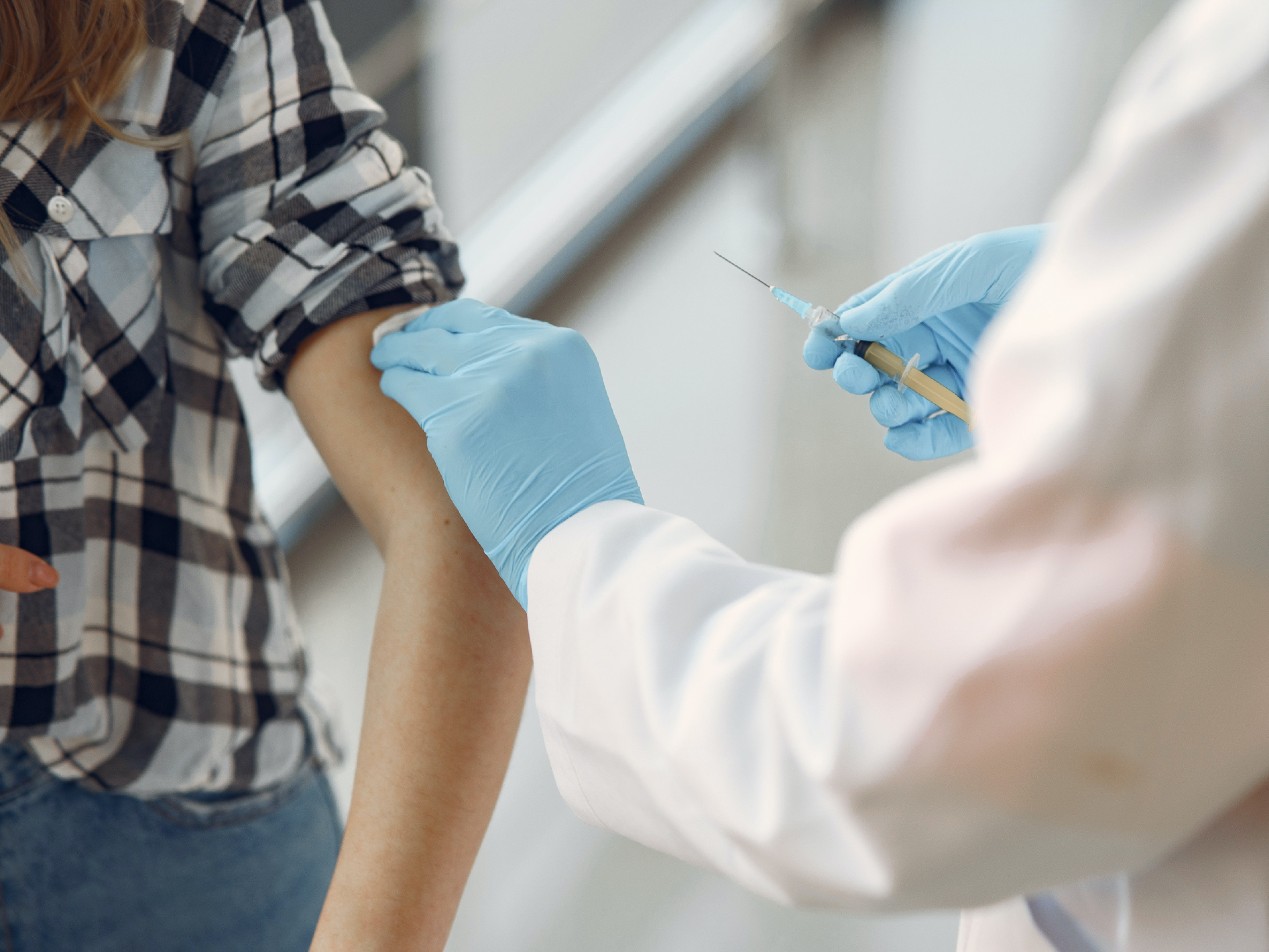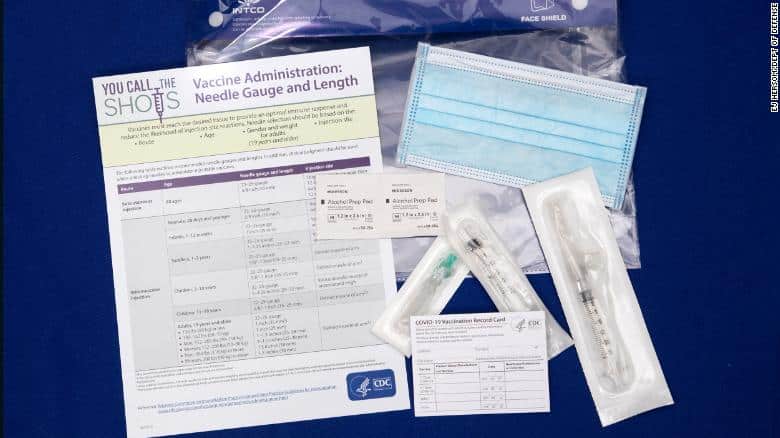
After a long and exhausting period of time marked by COVD-19 infections, social distancing, and isolation, we are finally seeing a possible light at the end of the tunnel. Amidst an ongoing news cycle focused on vaccinations, one term continues to make a regular appearance: herd immunity.
What is herd immunity?
Herd immunity occurs when enough people in a population become immune to an infectious disease (either through vaccination or building an immune response from a prior infection) which limits further possible spread. When herd immunity is achieved, even those who are not immune become indirectly protected from the disease. People that can’t be vaccinated like newborns, people with certain health conditions, or people who are allergic to specific vaccine ingredients, greatly benefit from herd immunity.
How does herd immunity work?
There are a couple of different ways to achieve herd immunity for COVID-19: either through infection and recovery or if a significant portion of the population receives the vaccine for it.
SEE ALSO: How the Paubox Email API Can Support the Biden Administration’s COVID-19 Response
When a person becomes exposed to pathogens, like the novel coronavirus, their body launches a defense response that attacks the pathogens and builds immunity to the infection. After contracting COVID-19, regardless of whether symptoms manifested, people’s bodies have produced antibodies. Antibodies are proteins that fight off invaders in the system and can continue to help people fight off the pathogens if they ever encounter them again. Or, people can receive a vaccination to protect themselves and contribute to the development of herd immunity.
A vaccination creates immunity without actually having to contract COVID-19. Vaccination is the preferred method to reach herd immunity since it can help prevent unnecessary illnesses, hospitalizations, and deaths that would have occurred if people were infected. Also, the antibodies produced from natural infection may only provide protection for a limited period of time.
Is herd immunity possible with COVID-19?
There is good news: experts do believe that herd immunity to COVID-19 is possible to achieve. However, how long it will take depends on several factors, including:
- How willing the general public is to receive the vaccine
- How quickly people get vaccinated
- If new strains of coronavirus continue to appear and if they are resistant to the vaccine or not
- How long immunity lasts
- How well a community is handling the reduction of infections through mask-wearing, social distancing, and other intervention tactics
SEE ALSO: How the Paubox Email API Can Help Fight COVID-19
At the time of publication, experts are not certain what the threshold is for the percentage of vaccinated people to achieve herd immunity against COVID-19. For example, measles, an extremely contagious disease, has a threshold of 95% vaccination of the population to reach herd immunity. Initially, some experts estimated that vaccination rates of 60% to 70% would be enough to achieve herd immunity.
Now, many experts, including infectious disease expert Dr. Anthony Fauci, believe that 70% to 85% at a minimum will be necessary. Fortunately, Dr. Fauci does not believe that the coronavirus is as infectious as measles and other highly infectious diseases and therefore will not require vaccination rates of 95% and above. At an online event sponsored by the Harvard T.H. Chan School of Public Health and the New England Journal of Medicine, Dr. Fauci stated that if 75% to 80% of the population gets vaccinated by the end of the summer, it could be possible to achieve herd immunity to COVID-19 by the end of 2021.
How can we slow the spread of COVID-19?
While you may be tired of hearing the same advice over and over, it’s critical to remember to continue practicing spread prevention strategies including:
- Wearing masks in public
- Social distancing
- Washing hands frequently
Continuing these practices will help reduce your risk of getting COVID-19 and also slow the spread of the virus. Even if you have already been infected and recovered, or received the vaccination, following these public health measures will protect those who haven’t been vaccinated or can’t receive the vaccine. Herd immunity to COVID-19 is achievable. However, everyone needs to do their part to prevent the spread. The more people participate in actively reducing transmission, the quicker we can return to some semblance of normalcy and achieve herd immunity.
SEE ALSO: HIPAA Compliant Email: The Definitive Guide
Subscribe to Paubox Weekly
Every Friday we'll bring you the most important news from Paubox. Our aim is to make you smarter, faster.




